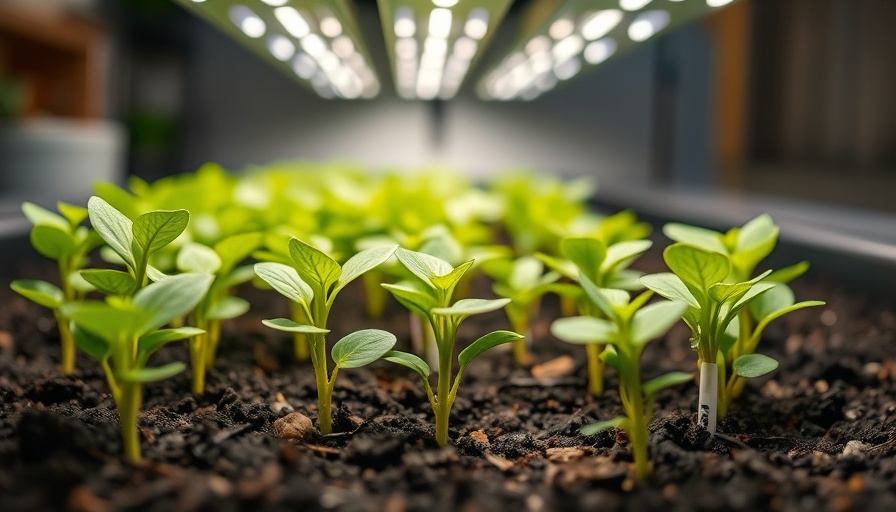
The art of seed germination: Where Hope Begins
Every gardener knows that a garden's journey starts with a humble seed. Understanding how to germinate seeds is not just about putting them in the soil; it's about setting the stage for growth that can lead to a lush, vibrant green landscape throughout the year. This article dives into the four essential steps for mastering seed germination, ensuring that your gardening adventure starts off on the right foot.
1. The Importance of Quality Soil for Seed Germination
To achieve successful germination, choosing the right soil is paramount. Regular potting soil can work, but it often lacks the properties that promote healthy seed growth. Instead, consider a seed-starting mix, which is specifically designed to hydrate seeds adequately while allowing for optimal drainage. This type of soil is sterile, free from pests, and rich in fine particles that help tender seedlings take root.
Once your seedlings develop their true leaves, it will be time to transplant them into a nutrient-rich soil mix. By proactively managing your soil conditions, you safeguard the future growth of your plants and foster stronger roots that support overall health.
2. Moisture: The Lifeblood of Seed Germination
A common pitfall for novice gardeners is underestimating moisture needs. Seeds may wither if the soil dries out—even if their future is drought-tolerant! Ensure that your soil is consistently damp but never soaked at the outset of your gardening journey. Watering from the bottom helps maintain the delicate balance required for germination.
Creating a mini-greenhouse effect with a clear plastic dome or lid can help conserve humidity. Just remember to ventilate daily to prevent fungal growth—the delicate dance of moisture management is essential for your seeds’ success!
3. The Unseen Role of Light
While it’s true that seeds don’t need light to germinate, seedlings ultimately require adequate light once they sprout. Insufficient light can lead to leggy growth as they reach for the sun. Once your seedlings break through the surface, transition them to a sunny window or utilize grow lights to give them the energy they need to thrive.
4. The Temperature Factor
Lastly, the temperature plays a crucial role in the germination process. Most seeds thrive best in a warm environment, typically between 65°F to 75°F (18°C - 24°C). Providing consistent warmth encourages quicker germination rates, whereas excessively cold temperatures can stifle growth. Using heat mats can be an effective way to maintain the optimal temperature for your seeds.
Common Misunderstandings in Seed Germination
Many first-time gardeners fear that slow germination indicates failure. In truth, different varieties of seeds have varying germination times. Patience is key; resist the urge to dig up seeds prematurely. Instead, check your gardening calendar to track appropriate waiting times for the seeds you’ve planted.
Tips for Seed Starting Success
- Check Seed Viability: Before starting, ensure your seeds are not expired. Fresh seeds offer better chances for sprouting.
- Label Your Seeds: Keep track of what you’ve planted to understand their different germination timelines and care needs.
- Optimal Conditions: Create a nurturing environment that mimics the seeds’ natural habitat. This will set the stage for a successful transition from seed to seedling.
A Final Thought on Starting Your Garden Journey
Germinating seeds can be a magical experience, marking the start of a beautiful garden where flowers bloom and crops thrive. Embrace mistakes and learn along the way; even seasoned gardeners encounter challenges. Seek out resources, engage with a local gardening community, or read more about proper techniques. Each seed is a chance for new life, and each misstep is part of the journey toward creating your perfect garden!
If you wish to delve deeper into the world of gardening, check out resources for indoor plant care, landscaping ideas, or even sustainable practices that can elevate your gardening skills.
 Add Row
Add Row  Add
Add 




Write A Comment